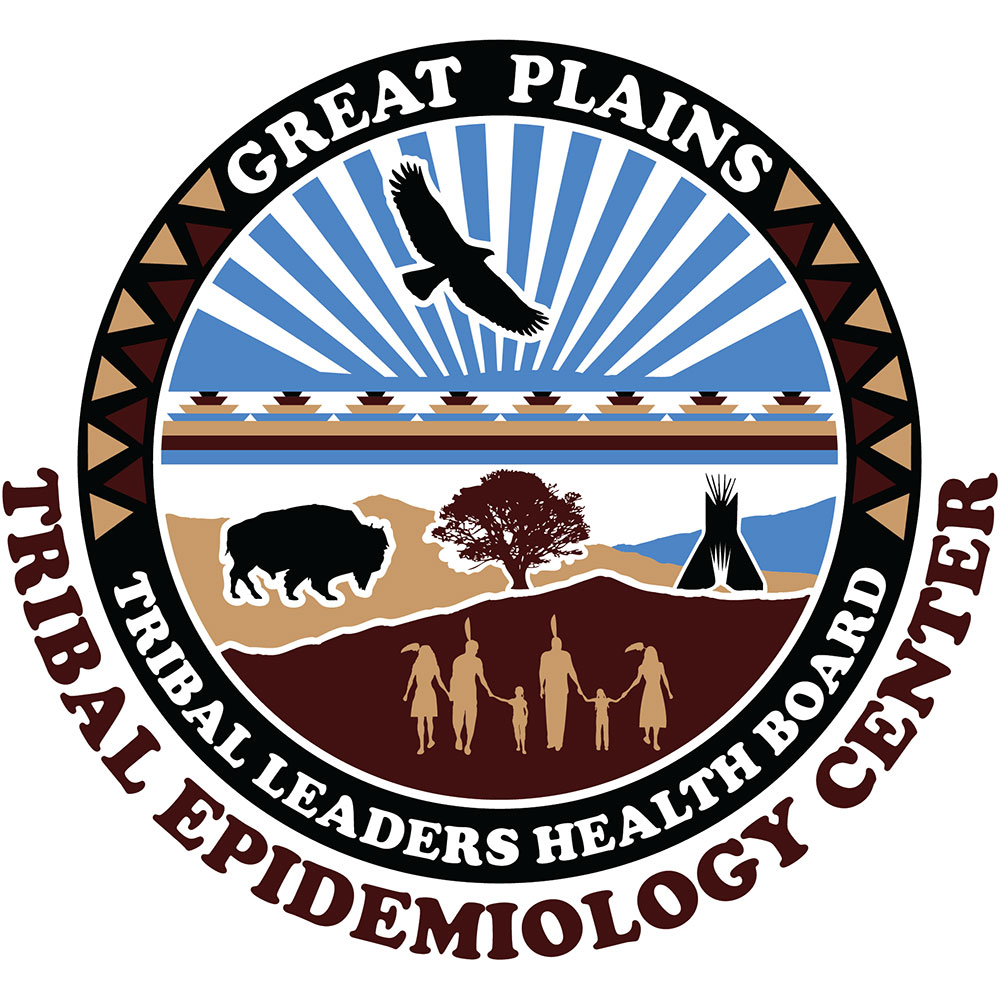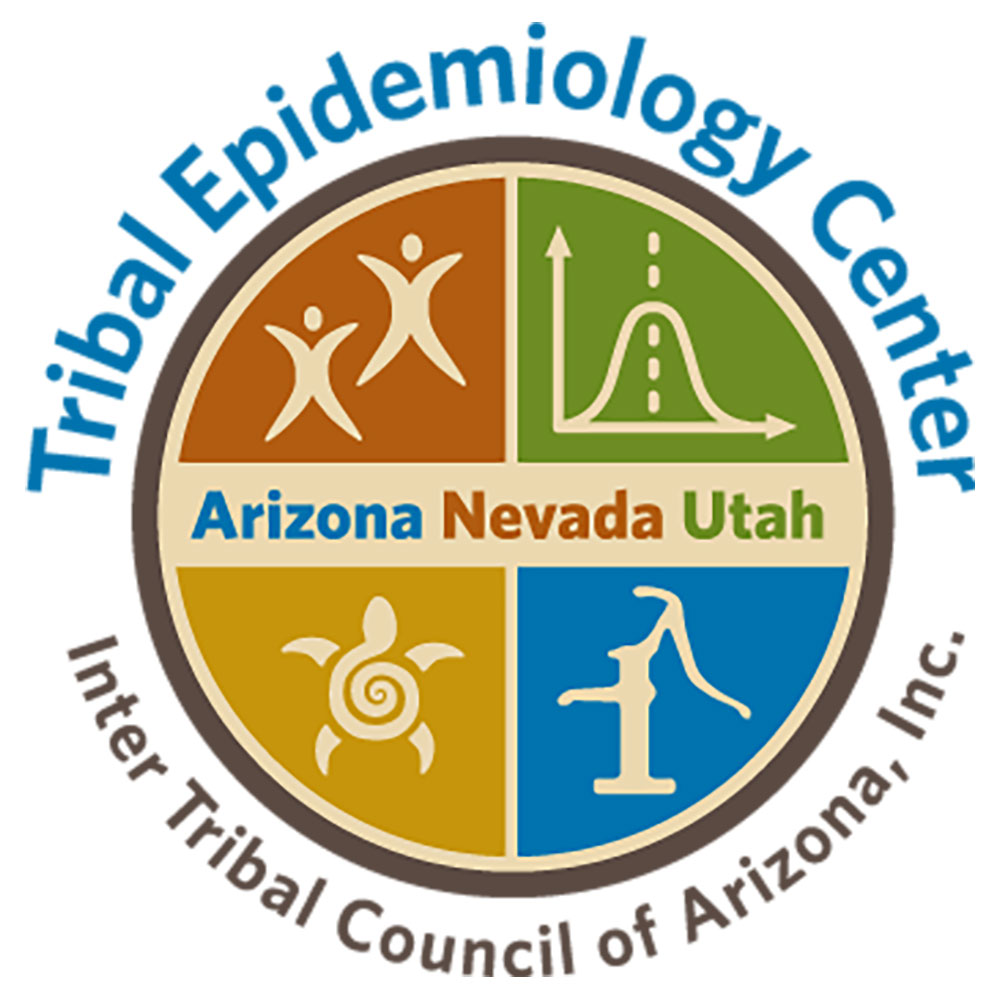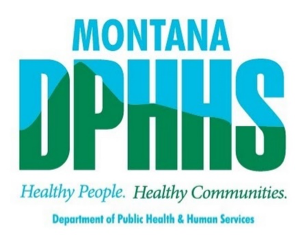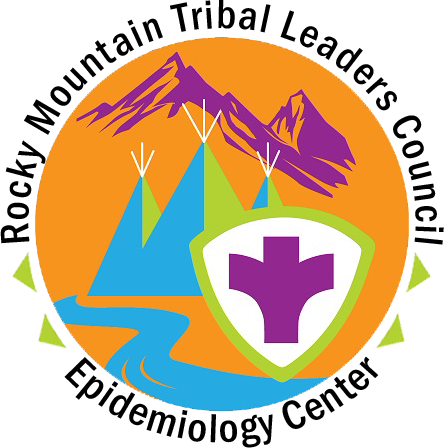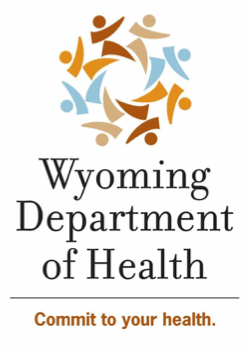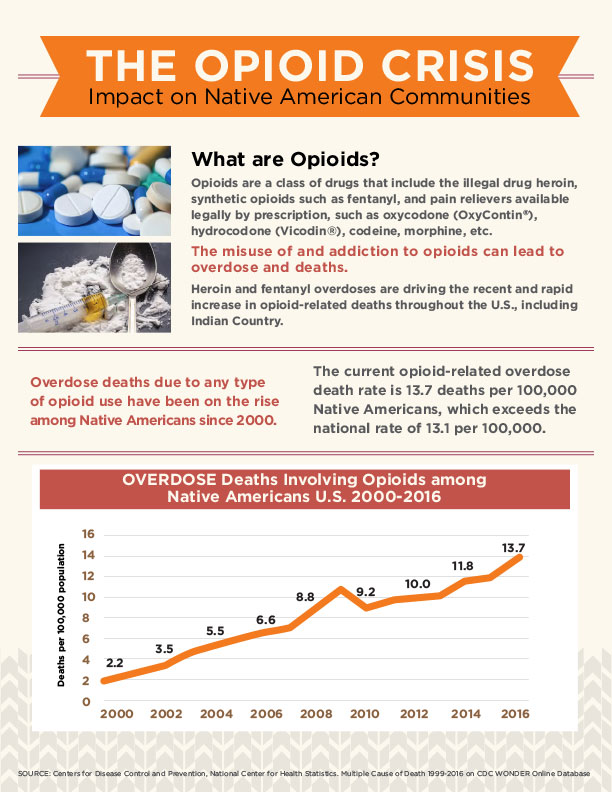Prepared By: Dr. Jennifer Giroux and Sara Albertson
In South Dakota (SD), maternal substance use disorders during pregnancy are a tribal public health crises. Maternal Child Health (MCH) providers on reservations in SD suggested that 50-75% of pregnant women use a non-prescribed drug. This rate range was confirmed by reports with two tribes that participated in a 2016 CDC EPI AID maternal substance use during pregnancy investigation.
Women who sought help for opioid addiction, learned there were no Medication Assisted Treatment (MAT) options available among Indian Health Service (IHS) facilities in the Great Plains region. There are limited substance use treatment resources in general, and even fewer for pregnant women.
Maternal Child Health providers anecdotally reported that women who tested positive or who were at risk of testing positive tended to avoid prenatal care out of fear of losing their children or legal prosecution. Women seeking assistance with Substance Use Disorders (SUD) face additional barriers in SD. Health care providers are required to report her to authorities or risk being charged with a misdemeanor. 1
South Dakota Codified Law 26-8A-2, states that physicians are mandatory reporters of child abuse and neglect, and in South Dakota, prenatal exposure to controlled substances or alcohol is considered child abuse. South Dakota child-welfare statues consider substance use during pregnancy to be child abuse and grounds for civil commitment (SDCL 34-20A-63). South Dakota Codified Law 22-42-5.1 classifies ingestion of a non-prescribed controlled substance as a felony. A positive urine drug screen is used as evidence for prosecution of 22-42-5.1. South Dakota law enforcement has used forced catheterization and entering treatment facilities to take a photo of patient’s positive drug urine screen as evidence for prosecution, enforcement officials are protected from being prosecuted for these acts under SDCL 22-42-5.1. 2, 3, 4
State laws shuttle pregnant women needing or wanting help for their SUD into the criminal system. Data supports that these laws are disproportionately applied to American Indian women. Evidence from the South Dakota Women’s Prison (SDWP) from July 2018, demonstrates that out of the 564 women in custody, 52% (295) of them were American Indian. 5, 6 Nearly 64% (361) of the women were incarcerated due to drug related offenses. 7 Of the 64% of women in prison on drug charges, 132 of them, or 37% were prosecuted under South Dakota Codified Law (SDCL) 22-42-5.1. 8
In Pennington County, South Dakota, American Indians Comprise 10% of the population, but 52% of inmates. 9
Pennington County ranks top three in the nation for both incarcerating women, predominantly AI mothers, and for recidivism rates. 10 To address this high rate of incarceration and recidivism the criminal justice system has received numerous grants for diversion, interventions, and reentry programs. These grants did not initially network with Tribes and Tribal organizations to integrate Lakota Culture into the programs, or deliver critical education and training on the perpetuation of historical trauma and the impacts of institutionalized racism.
From a public health perspective, upstream substance use education and prevention interventions are critical to reduce the costly and limited downstream treatment services and law enforcement repercussions. Currently there are no substance use education requirements for an individual to graduate from high school in SD. Teachers are not required to have training or knowledge of SUD. Evidence based substance use prevention programs exist with interventions targeting critical development years, but State funds are not allocated towards these prevention services.
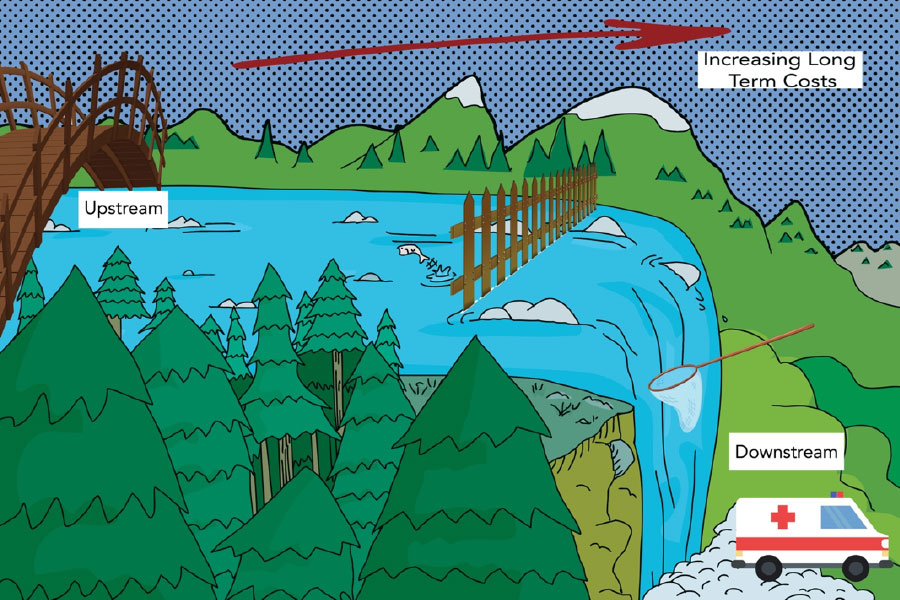
GPTEC is taking a multi-prong approach to the Tribal Maternal Substance Use Disorder During Pregnancy crisis:
Policy Work
- Address need to adapt SD mandatory reporting laws of pregnant women with substance use disorders
Media
- Approached Indian Country Media Network to do an article and provided back ground materials and contracts: https://newsmaven.io/indiancountrytoday/archive/saving-moms-saving-babies-from-prenatal-drug-use-C7Ype3yteUeQIJRXrKp61Q/
- Created a culturally appropriate youtube video targeting opioid overdoses, prescription drug abuse, Hepatitis C and the new treatment and importance of culture. https://www.youtube.com/watch?v=qx0ShMewh3A
Upstream
- Participate in American Indian Youth Substance Abuse Prevention Coalition.
- Host Subject Matter Expert, Dr. Annette Bosworth, to speak on Brains of Addiction
- Develop and conduct survey of substance abuse disorder education and prevention and Harm Reduction education in reservation schools.
- Host Subject Matter Expert, Dr. Annette Bosworth to speak on Brains of Addiction
- Mental Health First Aid Instructors – 8 hours
- Presentations on Resiliency, Toxic Stress, ACEs and Historical Trauma- 2 hours
At the falls
- Survey of tribal treatment program services
- Collaborated with NWPIHB to complete a People Who Inject Drugs qualitative research project on local needs
- Provide GPTEC leadership in the 2016 CDC EPI AID on maternal substance use during pregnancy investigation
Downstream – Breaking the cycle of Intergenerational Trauma
- Strengthening Daughters of the Moon- a collaboration with SDWP collaboration on semi-annual Spirituality and Wellness Day
- Participate in Pennington County Re-entry Coalition
- Facilitate the inclusion of culture and behavioral health into Pennington County’s Criminal Justice System’s new diversion, intervention and re-entry programs
http://www.kotatv.com/content/news/Can-culture-help-solve-public-health-and-safety-issues-Some-say-Yes-487830291.html
http://www.newscenter1.tv/story/38621520/police-health-providers-weigh-treatment-vs-prosecution
https://rapidcityjournal.com/news/panel-seeks-to-build-bridges-with-tribal-communities/article_2daf5650-0029-5acf-80ef-ef85a6023eb6.html
We recognized a need for Tribal involvement in the emerging criminal justice system’s new programs, and the need for support from the criminal justice system to adapt SD state laws that are serving as barriers to women who have SUDs and are pregnant. Shifting resources to cost effective upstream prevention and education programs requires community and elected official’s buy-in. Tribal and Criminal Justice System collaborations were unlikely relationships that first needed to be forged. It was out of this need for relationships and partnerships that the idea of our symposium was born. On July 10th, 2018, we held our symposium titled “Exploring the Intersection of Criminal Justice, Lakota Culture and Behavioral Health”.
1 South Dakota Legislative Research Council. (2017). South Dakota Codified Law. Accessed at: http://sdlegislature.gov/Statutes/Codified_Laws/DisplayStatute.aspx?Type=Statute&Statute=22-42-5.1
2 Ibid.
3 South Dakota Cops Indulged ‘Sadistic Desires’ Forcing Catheters into Men, ACLU Lawsuit Says. (2017). Accessed at: https://www.usnews.com/news/national-news/articles/2017-07-07/south-dakota-cops-indulged-sadistic-desires-forcing-catheters-into-men-aclu-lawsuit-says
4 Rapid City Journal. (2016). Woman sues Pennington County authorities for alleged violation of her civil rights. Accessed at: http://rapidcityjournal.com/news/local/article_e136dc0b-47c3-508a-9f9c-3c1d5354af30.html
5 South Dakota Department of Corrections. (2018). Adult Population. Accessed at: https://doc.sd.gov/documents/AdultPopulationJune2018.pdf
6 South Dakota Department of Corrections. (2018). Adult Inmates by Race/Ethnicity. Accessed at: https://doc.sd.gov/documents/InmatesbyRaceEthnicityJuly22018.pdf
7 South Dakota Department of Corrections. (2018). Adult Crimes Breakdown. Accessed at: https://doc.sd.gov/documents/AdultCrimeBreakdownJune2018.pdf
8 Ibid.
9 Pennington County Sheriff’s Office. (2017). Pennington County Sheriff’s Office 2017 Report. Accessed at: https://www.pennco.org/index.asp?SEC=E6CD5DAE-1428-4E43-BFEE-C303509D5320&Type=B_BASIC
10 The Pew Charitable Trusts. (2013). South Dakota’s 2013 Criminal Justice Initiative. Public Safety Performance Project. Accessed at: http://psia.sd.gov/PDFs/SouthDakotaBrief.pdf

